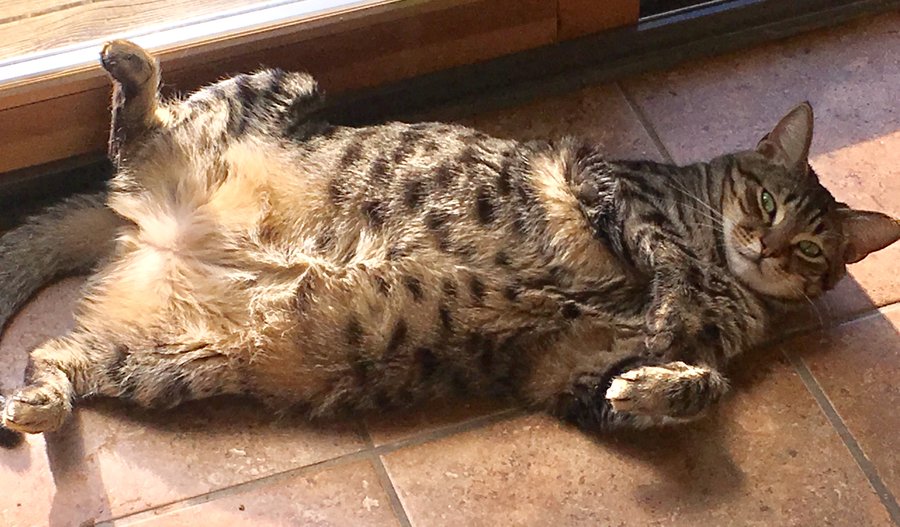- Joined
- May 22, 2015
- Messages
- 10,061
- Purraise
- 10,250
A grade 4 luxated patella should have shown up on x-rays. It is the most severe stage, and essentially means the knee is "out" all of the time and cannot be manually put back in place. It is a lame leg, basically. Grade 1 is the least severe, where the patella can be manually shifted out of place, but generally does not pop out of place on its own. Grades 2 and 3 are variations between those 2 ends of the spectrum. This is when most owners notice something wrong. Usually once you reach grades 2 and 3, you are on your way to progressing to eventual grade 4 and lameness. However, it all depends on what is exactly going on with the joints, knee, ligaments, etc., the cause of the LP, that kind of thing. Depending on a variety of factors like age, cause, and whatnot, most vets/surgeons recommend trying to take care of luxated patellas via surgery when in grades 2 or 3, since grade 4 equates with a lame animal (and the prognosis is usually worse for recovery after surgery when its done in grade 4 LP).
You can always try just monitored cage rest prior to deciding on surgery, as, yes, sometimes that can take care of the issue (esp. if it's a mild or moderate injury). But so much growing and development can occur in the first two years of a cat's life, it's hard to know what might resolve itself with proper care (and no surgery), or what might develop into serious developmental or mechanical problems with the cat (that is, developmental and bone structure, versus just a fluke injury).
You can always try just monitored cage rest prior to deciding on surgery, as, yes, sometimes that can take care of the issue (esp. if it's a mild or moderate injury). But so much growing and development can occur in the first two years of a cat's life, it's hard to know what might resolve itself with proper care (and no surgery), or what might develop into serious developmental or mechanical problems with the cat (that is, developmental and bone structure, versus just a fluke injury).
Last edited:






